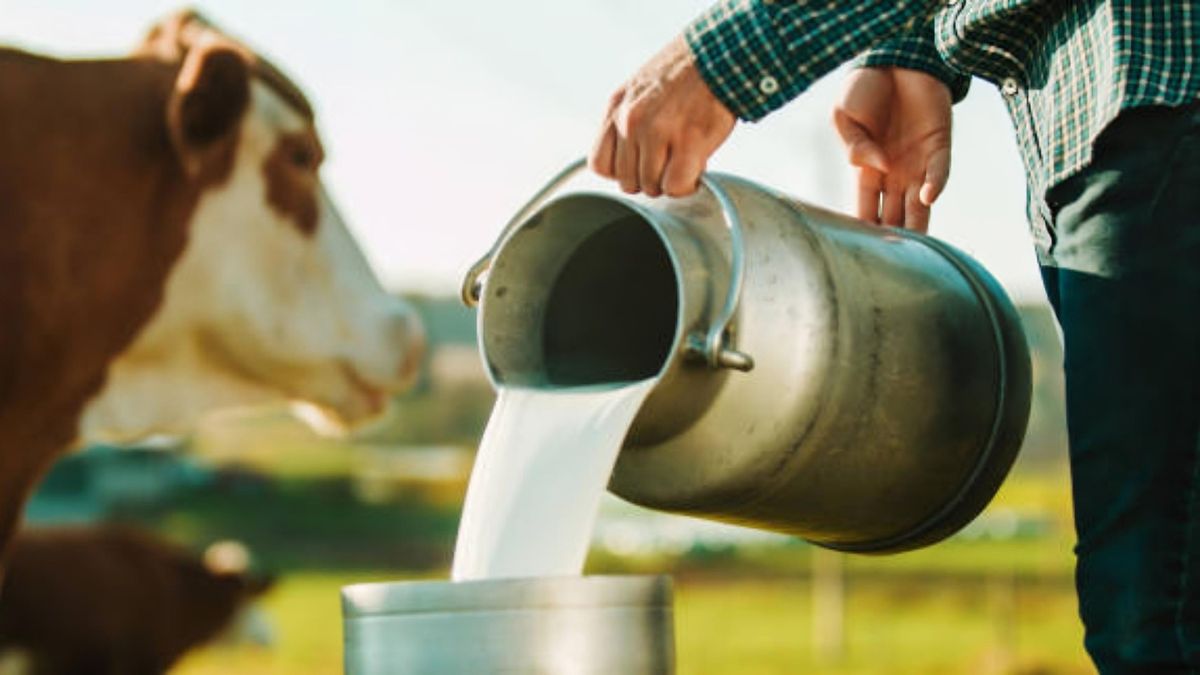He chinese milk market is severely beaten before aa marked drop in the birth rate. Milk accumulates due to excess supply and floods the market, the one that once knew how to excite the world’s exporters and from which, now, small producers are being forced to leave due to million-dollar losses.
The low demand in the dairy sector is explained by the drop in birth rateas well as the thin pockets of consumers suitable to a slowing economy. This fall is also impacting the meat sector.
China reported a record low birth rate in 2023. The country registered 6.39 births per 1,000 inhabitants, below the 6.77 last yearas announced this Wednesday by the National Bureau of Statistics of China (ONE). The birth rate is the lowest since the founding of communist China in 1949. As a result, China’s infant formula market shrank.
Milk crack: per capita consumption falls, but production continues to rise
Burdened by a sluggish economy that weakened demand for more expensive foods like cheese, cream and butter, the Chinese milk consumption fell from 14.4 kg per capita in 2021 to 12.4 kg in 2022the latest year for which data is available.
China is the third largest milk producer in the world.its production, according to the National Statistics Officerose to 6.7% year-on-year, reaching 41,970 thousand metric tons in 2023slightly above Rabobank’s previous forecast of 6.3% year-on-year.
Milk prices fell below costs and the sending of large quantities of dairy farms to slaughter spread the crisis to the beef sector. “Prices of beef and raw milk in the first half of the year fell by 12.1% and 12.5%respectively, and beef and dairy farmers are making losses,” he told Reuters last July, Wang LejunDirector of Livestock of the Ministry of Agriculture of China.
Due to lower prices and excess supply, dairy companies continue to shrink and lose money. Imports were reduced, in reaction to this drop in consumption, by close to a 21% for powdered milk. From Rabobank They warn that “the prolonged downward cycle of dairy products could continue to affect import volumes in 2025.”
To manage excess production, Chinese producers are converting raw milk into powder, creating a surplus at the end of June of more than 300,000 tonnes.according to the China Dairy Associationapproximately double the level of the previous year.
In response to excess supply, China seeks to export whole milk powder to mitigate the crisis. But that potential is limited by memories of the adulteration scandal that occurred a few years ago. Even many Chinese consumers prefer foreign brands despite the government’s efforts to improve food regulation and increase trust.
China exported 55,100 tonnes of dairy products in the first half of 2024, up 8.9% year-on-year, but it is only a small part of its surplusaccording to Reuters.
Source: Ambito




